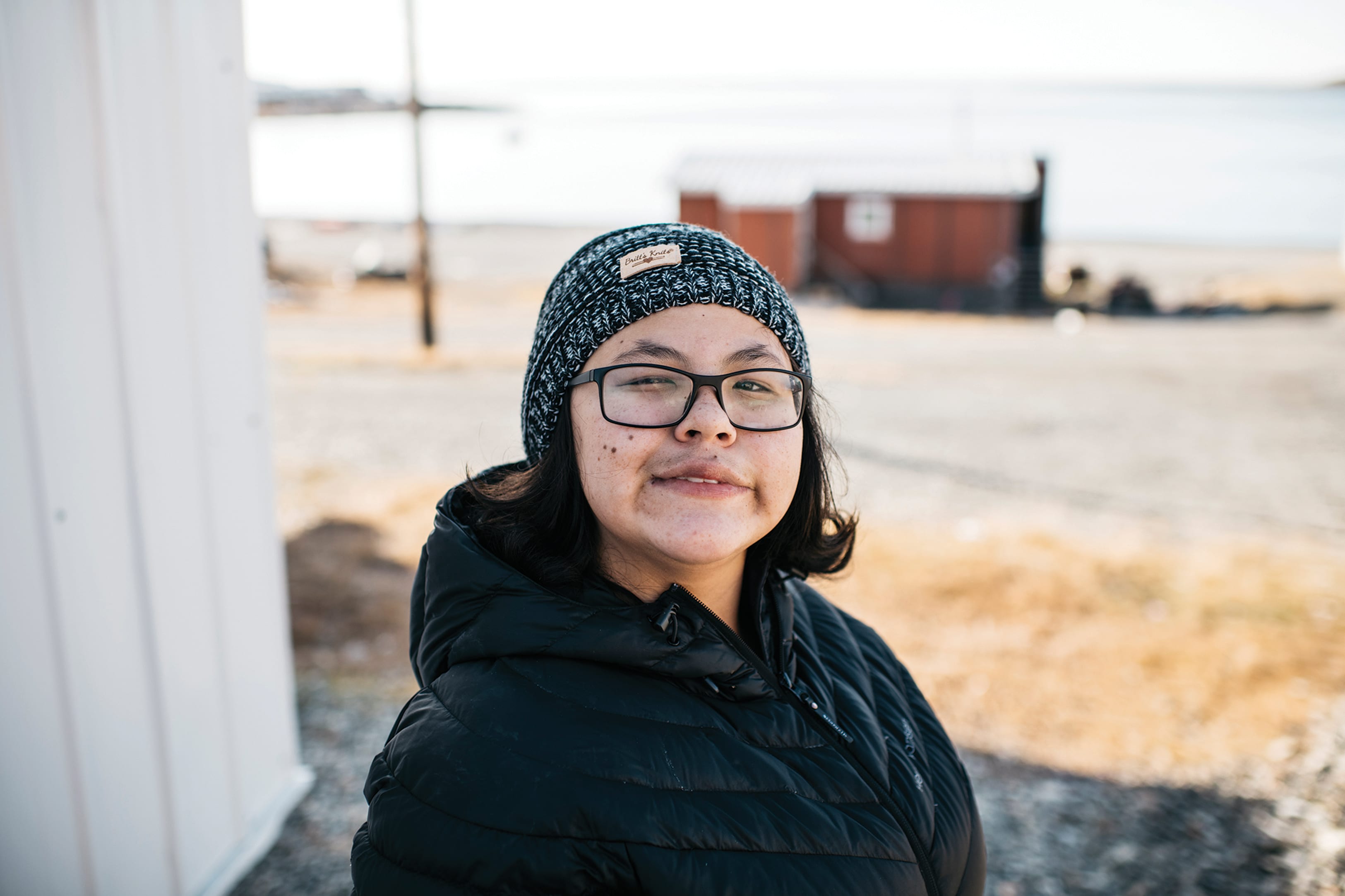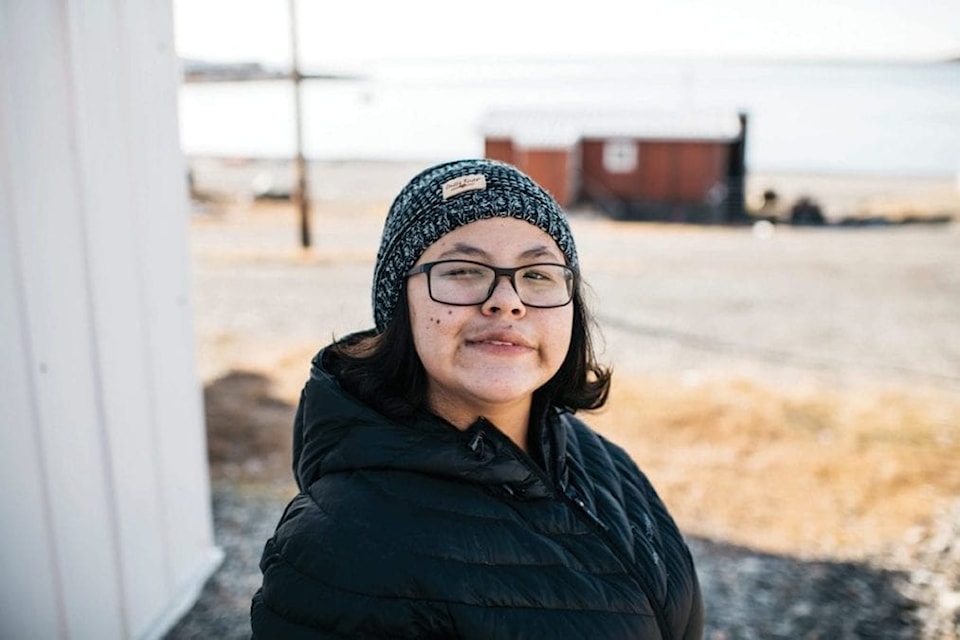A young woman from Ulukhaktok is undertaking training to bring higher-speed and cheaper Internet to her community.
Sydone Okheena, 20, is in Hawaii undertaking training to operate a community network, which will be built with backing from the Internet Society.

Angela Gzowski/Internet Society photo
"The Internet service right now in Ulukhaktok, all we have right now is 3G cell service and Northwestel, which is really expensive," said Okheena.
The plan for the community network is to bring in LTE service, which is close to being 4G.
Download speeds in Ulukhaktok can be as slow as 1 megabyte-per-second, according to Mark Buell, the Internet Society's regional bureau director for North America
"With this network, we should be able to get the speeds up 10 times or more at a lower cost, though the details remain to be seen," said Buell.
The Internet Society is backing the project with $20,000 to cover the price of antennae and routers plus other startup costs, and it negotiates deals on the equipment, said Buell. The society is now trying to negotiate an affordable price for satellite bandwidth, or "back haul."
Buell says the lower costs come from these negotiations, cutting out the internet service provider as well as the having the networks owned by the community and operated as not-for-profits.
The Internet Society has been deploying variations of the community network model around the world for 27 years, though this is its first project in North America.
"[It's best suited] for communities where there may not be a market-based solution for them to connect to the Internet," said Buell.
"When you have a community like Ulu, which is 400 people, very isolated but also very small geographic-size-wise, we find that you can deploy a small-scale network and it will work much better for them than then some of the alternatives that they have right now.
LTE is a good option for Ulukhaktok, says Buell, because it provides decent speeds inexpensively and is simple to maintain and operate.
An immediate challenge for the community is that Internet-providing satellites mostly orbit the Equator, which makes it hard to get the right angle to hit them from this far north.
In 2020 and 2021, Buell says many low-Earth-orbit satellites that will have better coverage up north, which the Internet Society hopes to access for Ulukhaktok.
Once the network begins in the coming year or two, the speeds will be higher but once these satellites are accessed, speeds should be high enough for users to, for example, stream Netflix.
Northwestel also recently told media it intends to access low-Earth-orbit satellites for its services.
Buell says the Internet Society has also brokered pro bono training for Okheena and other community network leaders around the world.
Okheena said she is excited to take the training – it's her first trip out of Canada – and to come back and work on the project, and hopefully make a project that will give employment to others in the community as well.
"You learn all about community networks and how to own one and run one," said Okheena.
She got involved with the project last year through her job at the Inuvialuit Regional Corporation, which is a local partner.
She attended a summit held by the Internet Society in Inuvik last year and began a series of training programs leading up to this one.
"I hope to accomplish it in a year or two," said Okheena. "It's going to take time but I hope to accomplish it."
